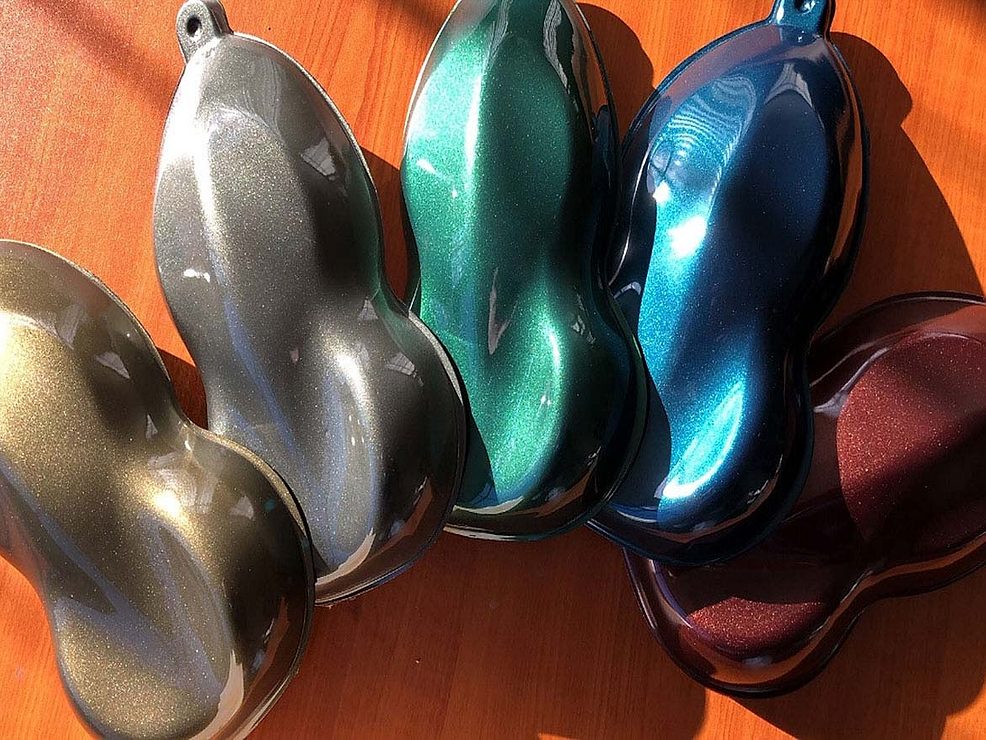Six Sigma
Often I hear people in our plant talking about Sigma Six paint controls. All I know about Six Sigma is that supposedly it will greatly help our paint quality. What is Six Sigma all about? Do you think it might be useful in our plant?
Six Sigma can indeed be effectual for you or any other company. I'm quite sure you have heard of SPC, or statistical process control. The heart of Sigma Six is just that along with a patterned approach to using SPC in identifying defect origins. The desired result is fewer defective products. Sigma Six can be used for any type of production and is not intended just for painted products.
Adding a Washer
I'm a manufacturing engineer at a company that manufactures and paints outdoor tubing products that range from 1 to 16" dia., 5 to 60' in length and 3 to 11 gage thick. We paint over aluminum, mild steel and galvanized using TGIC powder or sometimes liquid. The current painting process in place is as follows: Parts are hung and run through a steel shot blaster, blown off with an air wand, painted and cured. As you can guess, we have an adhesion problem with some of our product in the field but no color problems. We are looking at extending the warranty on these products by possibly installing a wash system, but we really have no baseline information that says how long our paint currently lasts. What would be the best test to determine this? I've heard salt spray would be a good test but how does salt spray hours translate to years? Also, if we were to install a wash system what would you recommend for washing such long parts?The polyester-TGIC powder will adhere fairly well to clean metal substrates, but with an iron phosphate pretreatment, both adhesion and paint durability will be appreciably enhanced. The metal profile generated by shot blasting aids adhesion, but be aware that residual shot embedded in the surface may initiate galvanic corrosion on some substrates. Since you have such long pieces, I suggest a cabinet washer with a metal mesh belt to convey parts horizontally through the cleaner/phosphate and (single or double depending on water quality) rinse spray zones. Follow this with water blow-off and a drying zone.
As to the salt spray test, for decades people have asked just how this correlates to months or years of actual field exposure for their parts. There is no simple answer, except that when comparing two or more coatings, the one that lasts longer in salt spray will usually last longer in service. Get your powder supplier and pretreatment chemical supplier involved in helping perform salt spray tests to determine an appropriate system.
Because you mentioned having adhesion failures, your company should add a film thickness test and crosshatch adhesion test (ASTM D-3359) for production control reasons.
Follow-up from this questioner: We seem to see the majority of our field problems when we have to paint over galvanized. Supposedly there is also an issue of "outgassing" when we paint over galvanized. After the galvanized part is brush blasted, it is then sent through the bake oven to outgas at 400 to 450°F, cooled, painted and then run through the bake oven at 350 to 400°F to cure. Does the outgassing step really do anything? Could this outgassing and/or adhesion problem simply be fixed by changing powder formulations?
Let me offer a qualified yes. The intent of pre-baking galvanized items is to chase air and other gases from the substrate. It helps but is often only partially effective. Yes, some powders are far less likely to show outgassing than others, so work with your suppliers to find a suitable formulation to ameliorate this problem.



